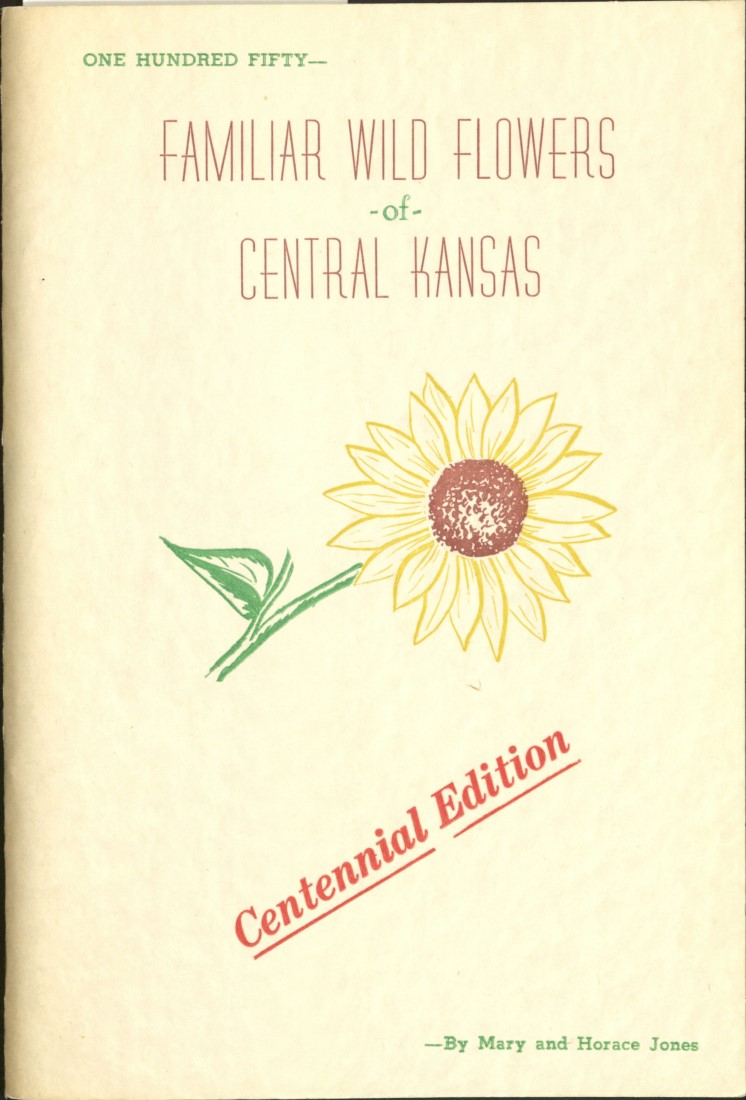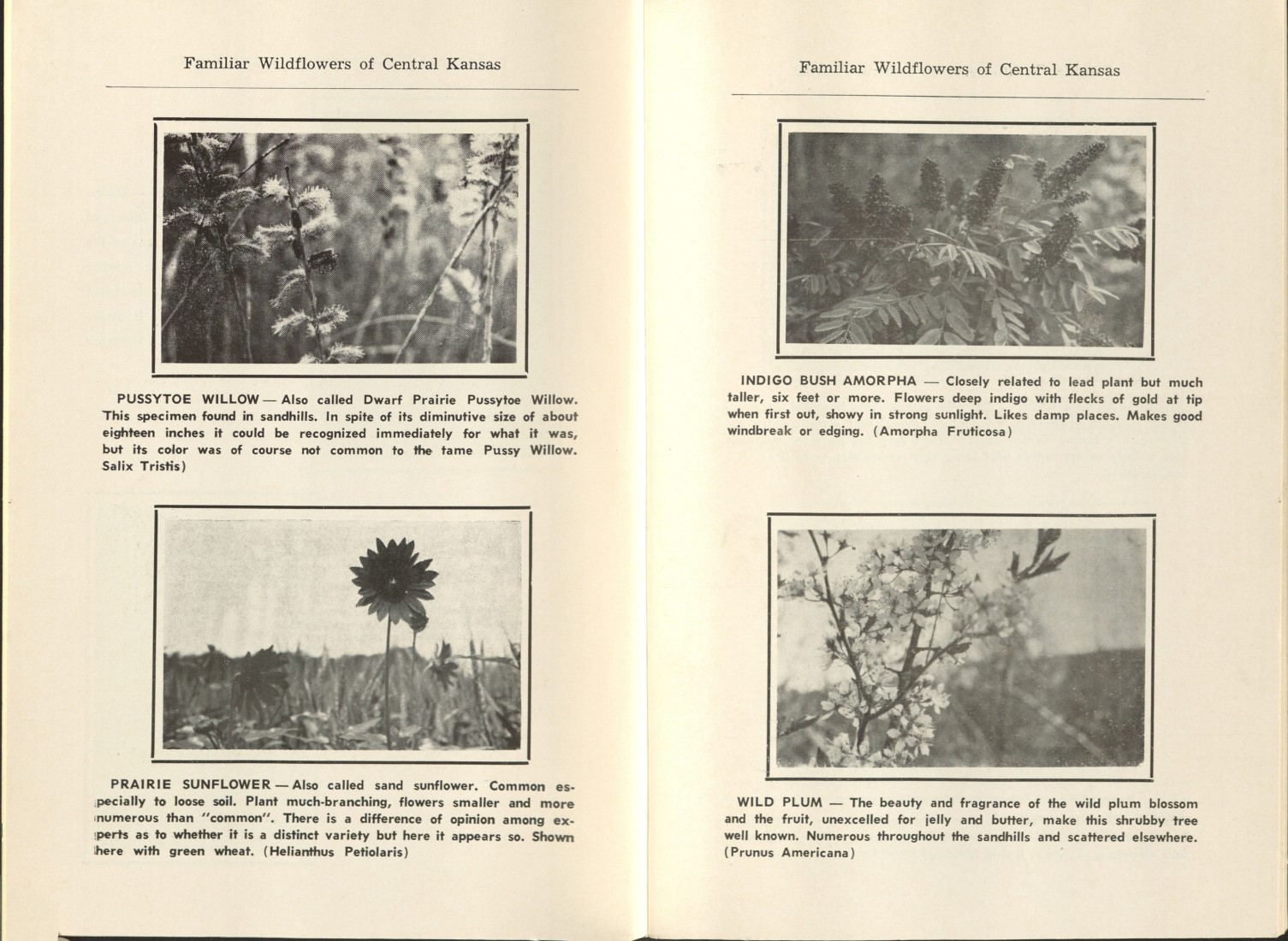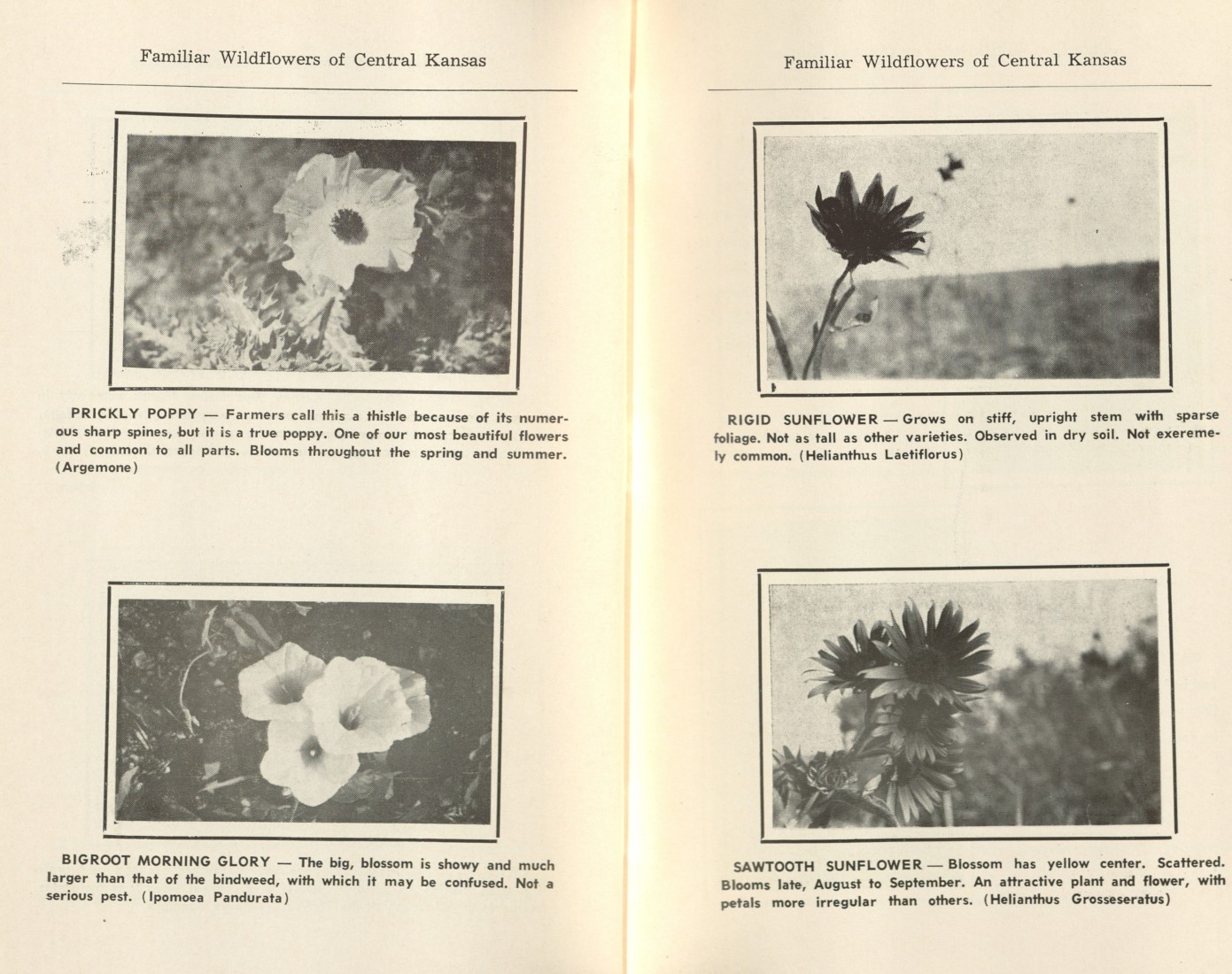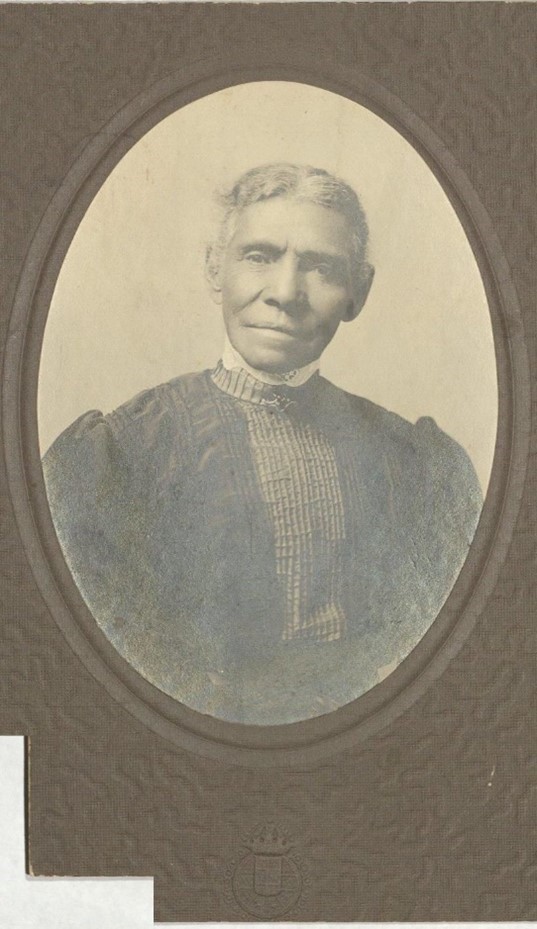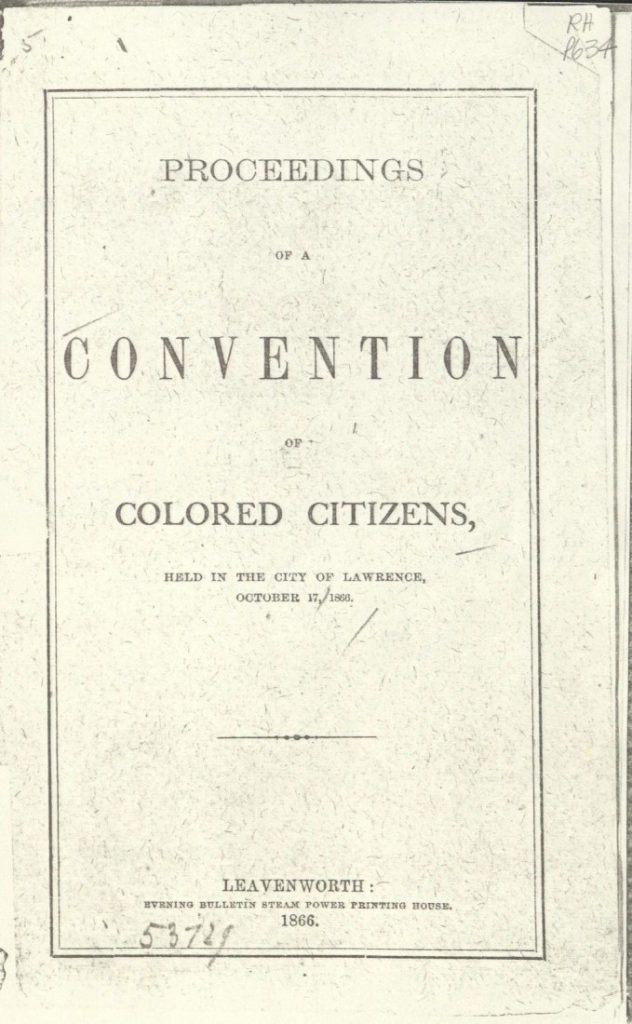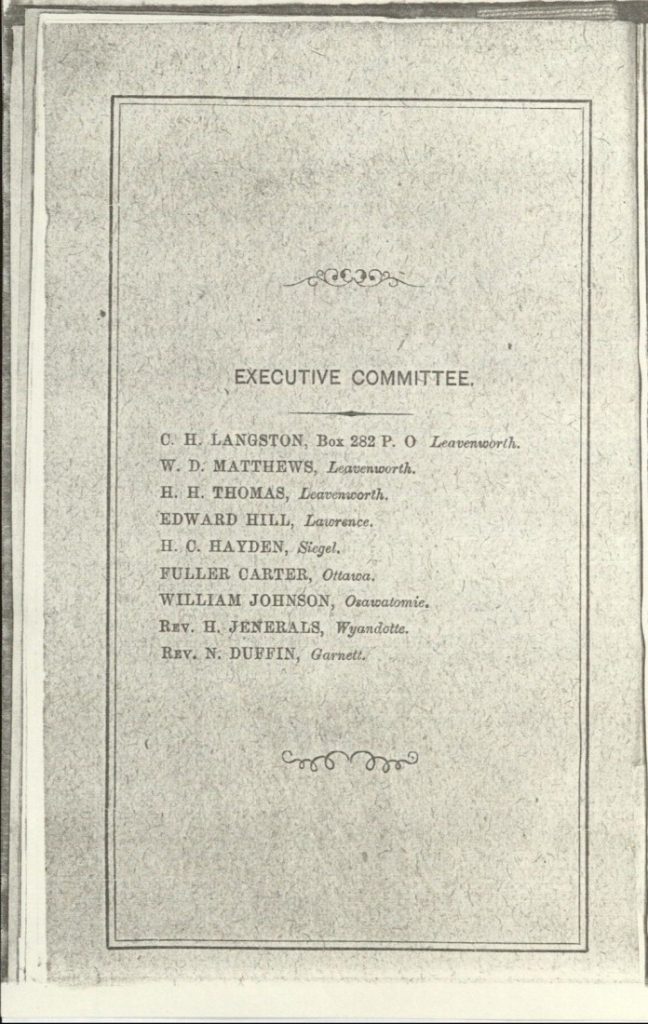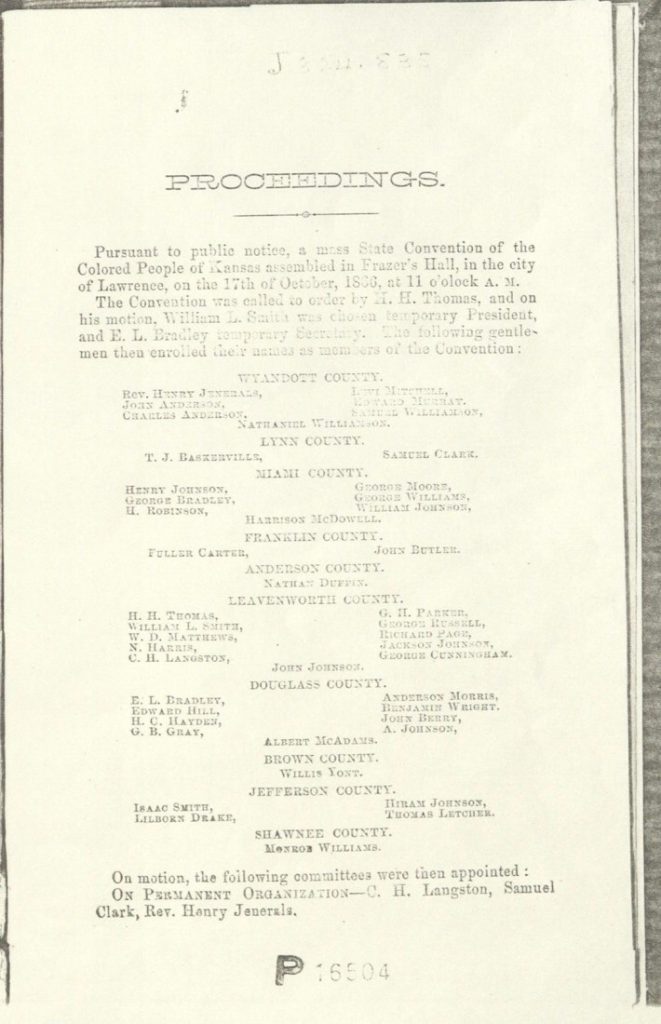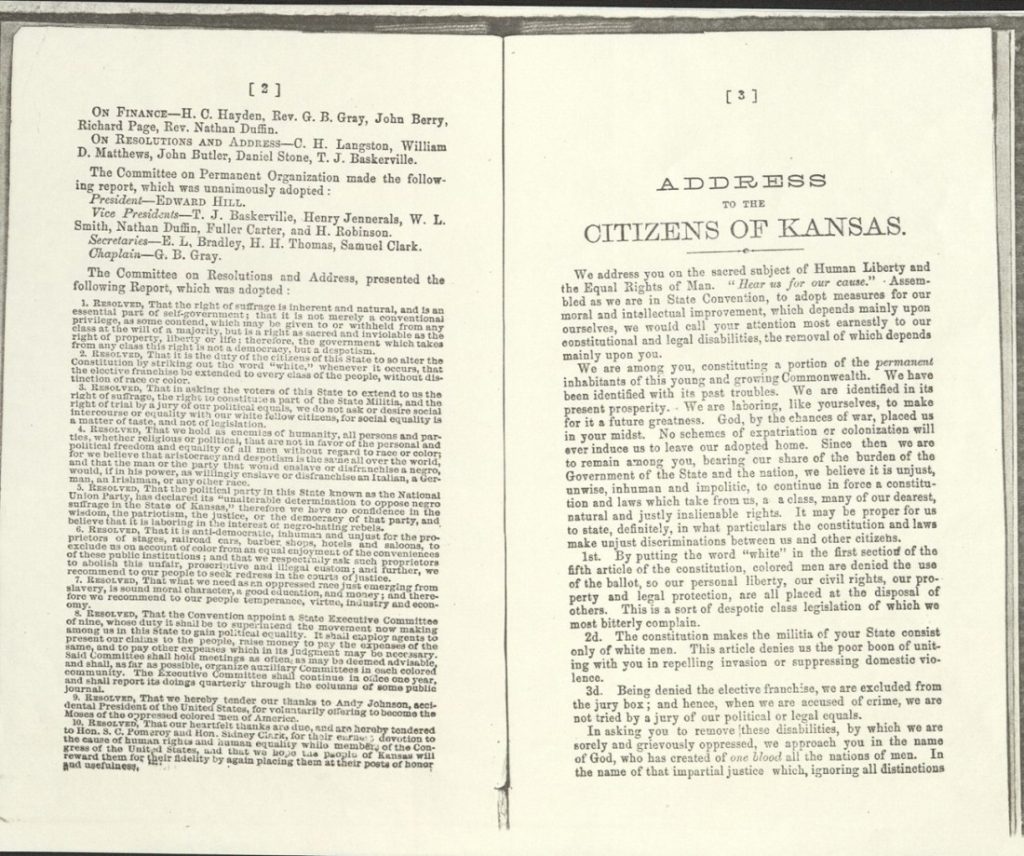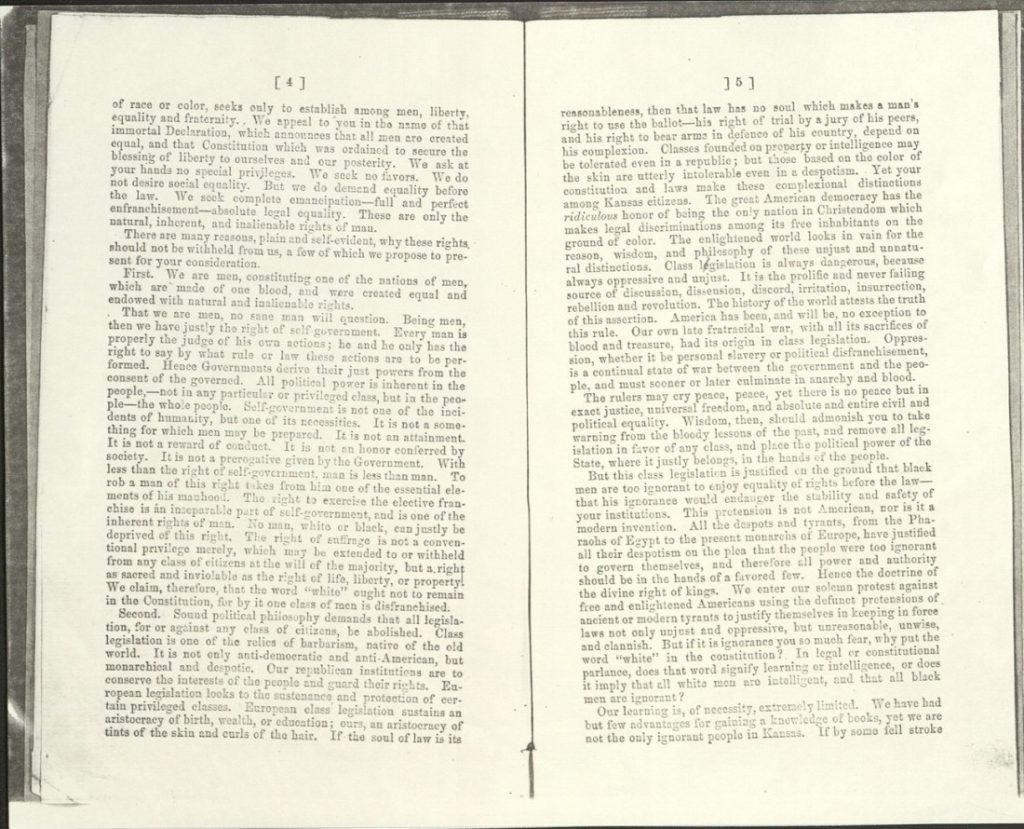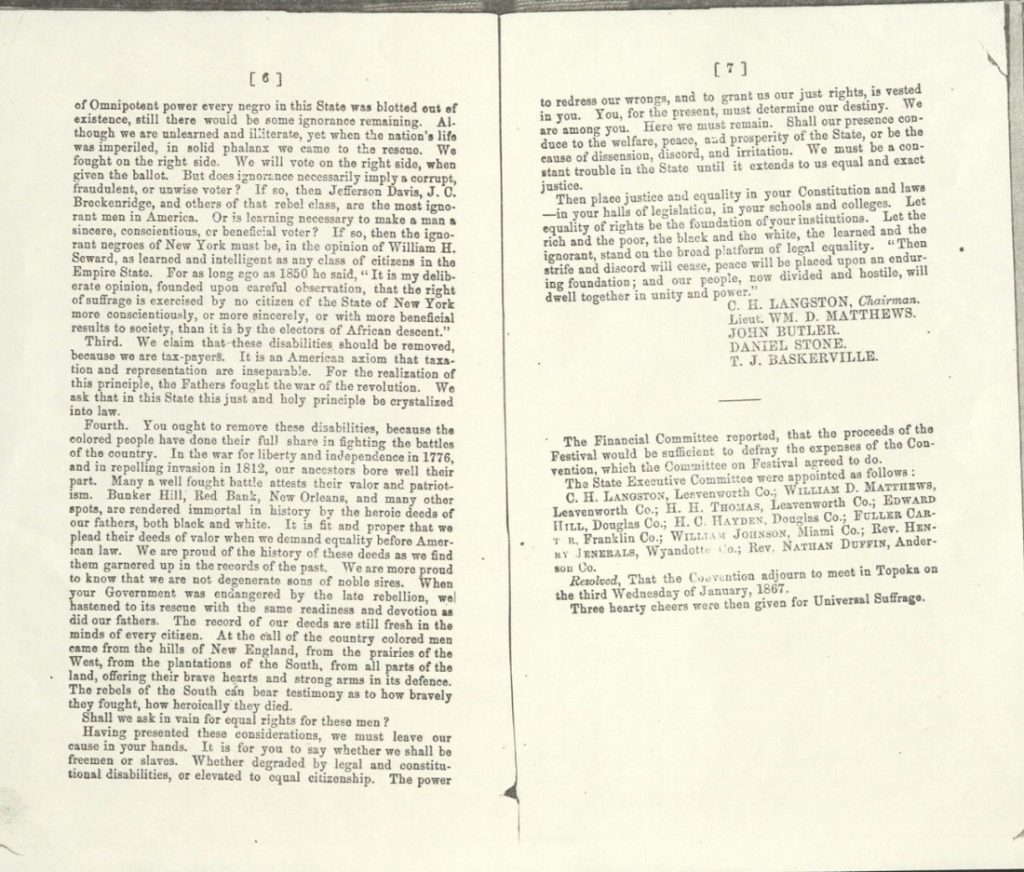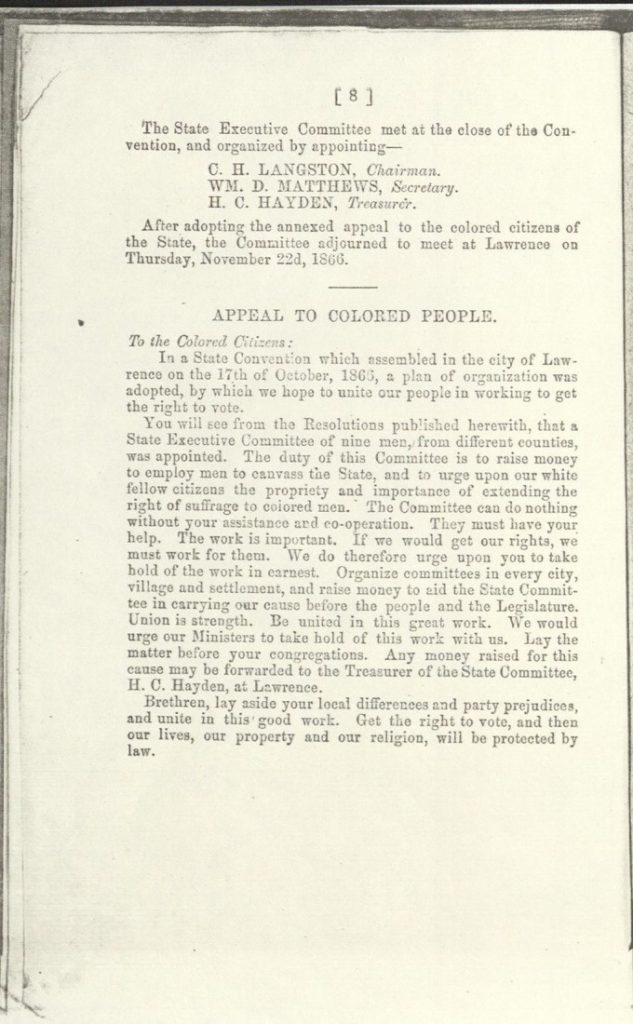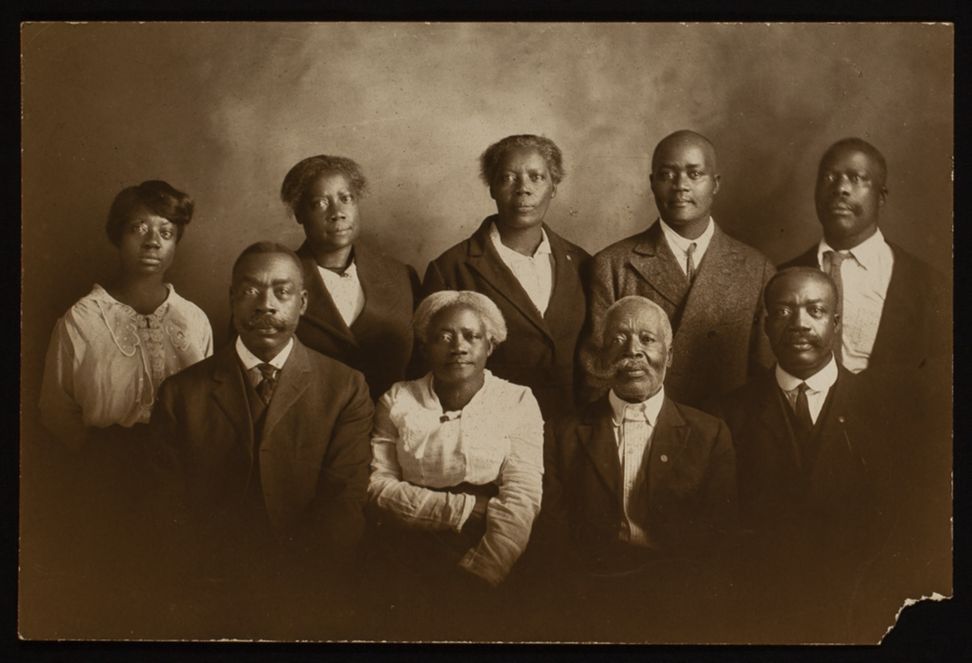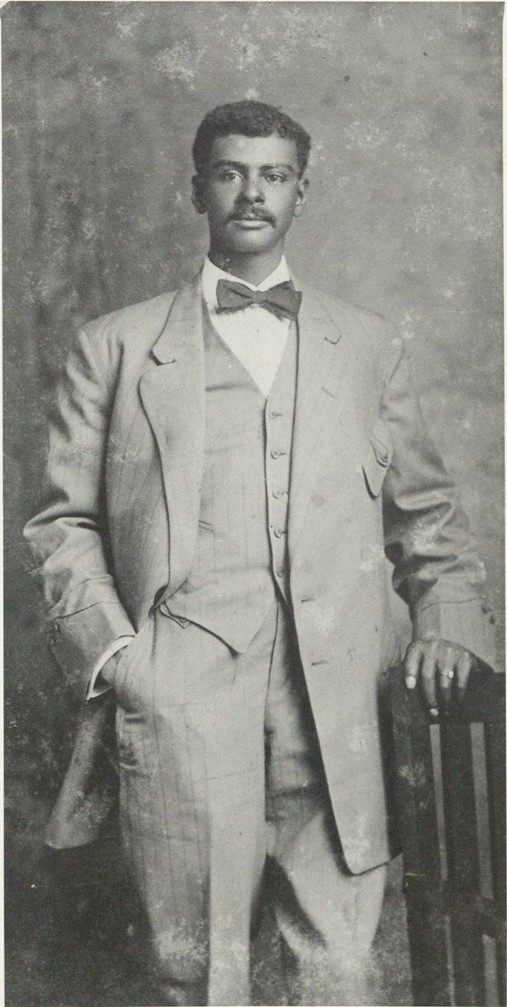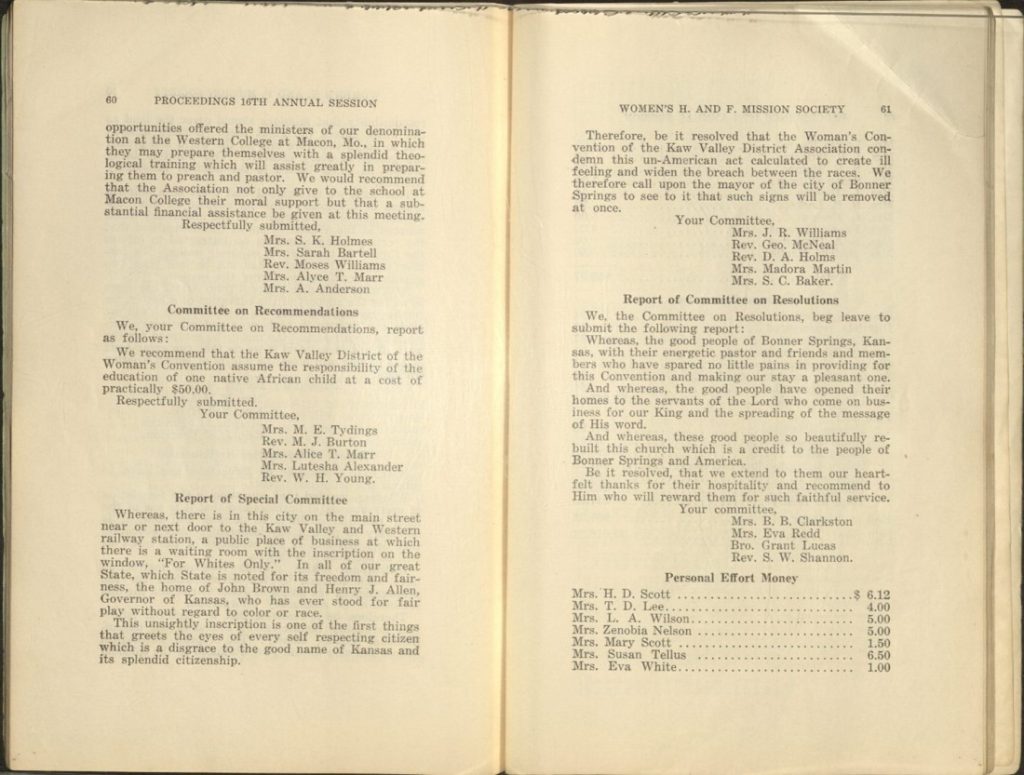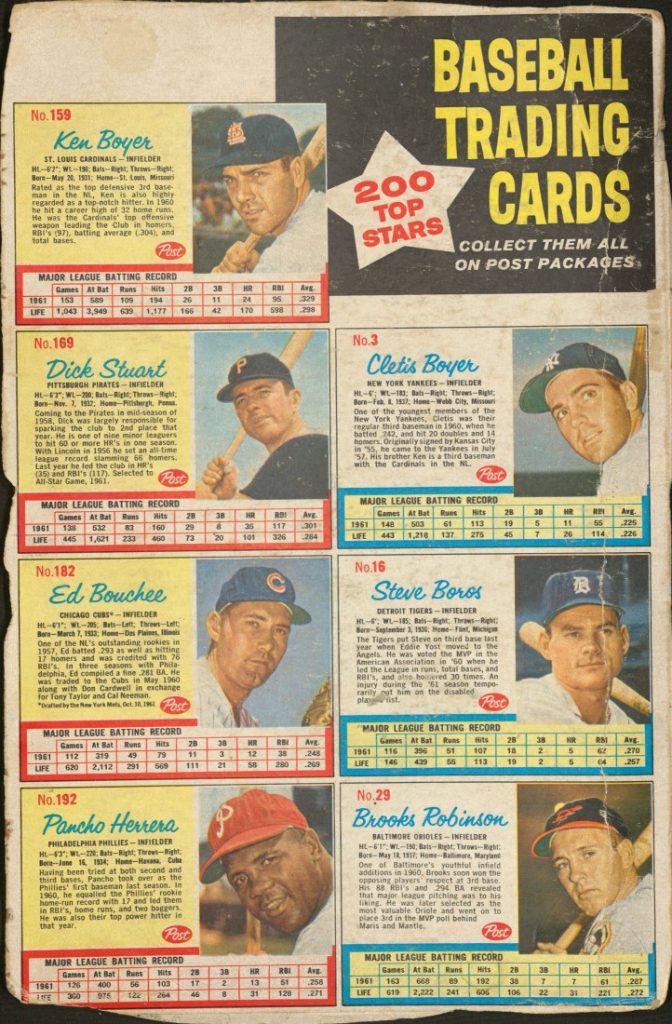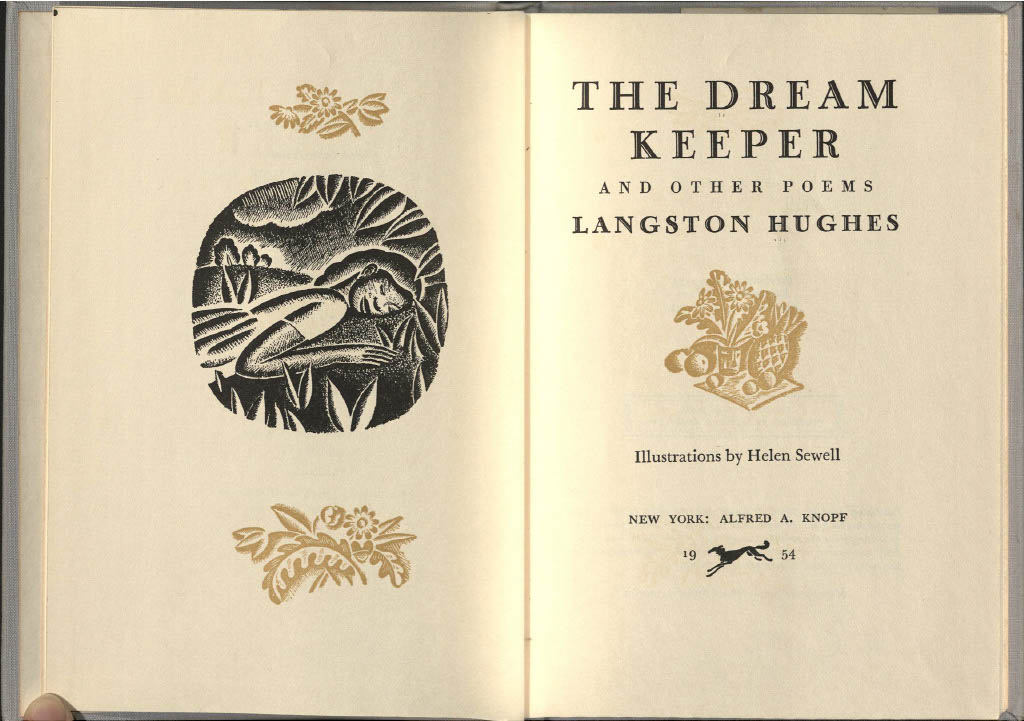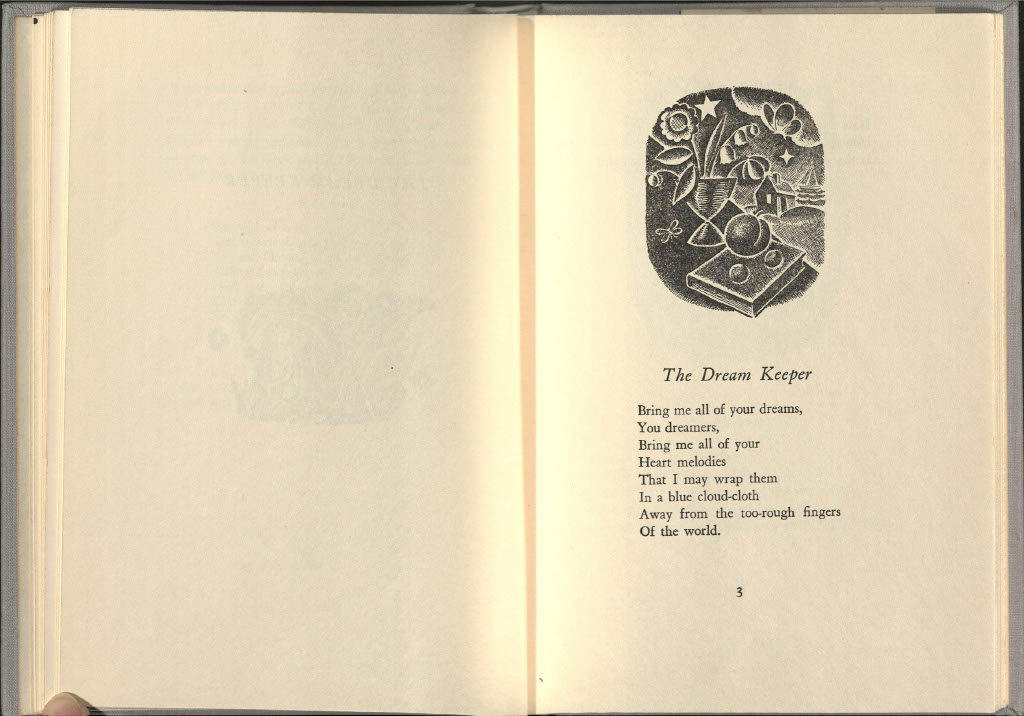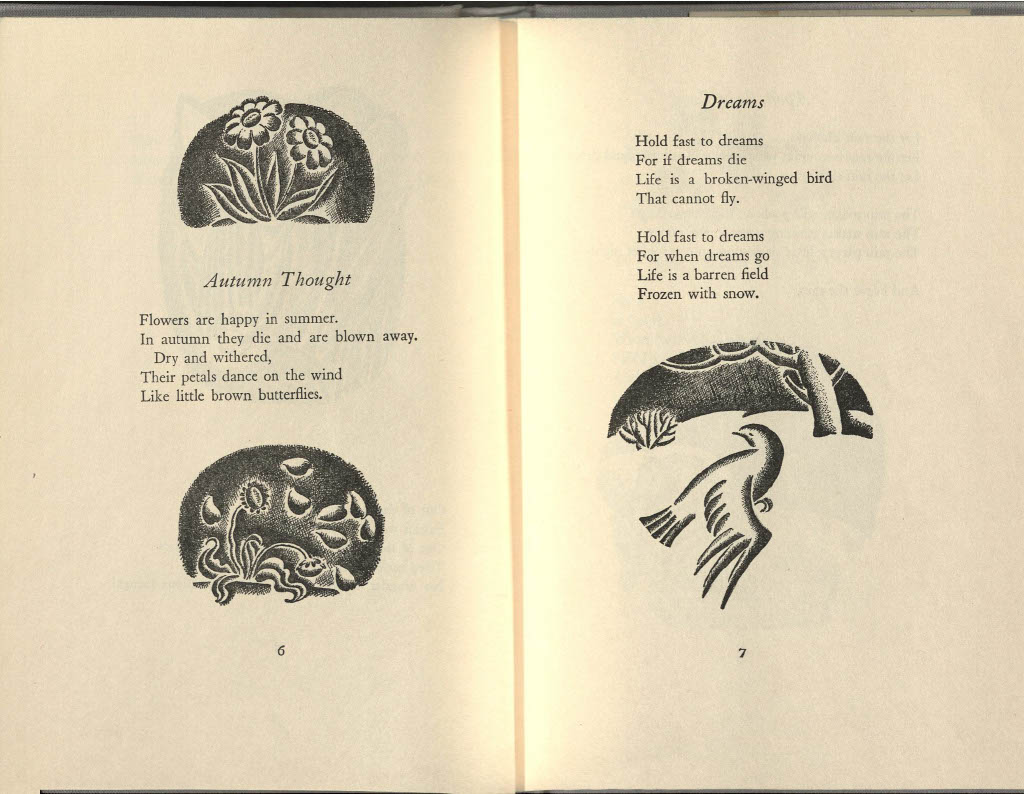That’s Distinctive!: Opening Day
March 31st, 2023Check the blog each Friday for a new “That’s Distinctive!” post. I created the series because I genuinely believe there is something in our collections for everyone, whether you’re writing a paper or just want to have a look. “That’s Distinctive!” will provide a more lighthearted glimpse into the diverse and unique materials at Spencer – including items that many people may not realize the library holds. If you have suggested topics for a future item feature or questions about the collections, feel free to leave a comment at the bottom of this page.
Happy (day after) Opening Day, baseball fans! For those who don’t know, Opening Day is the day in which the regular baseball season begins for Major League Baseball (and most minor leagues). Opening Day marks new beginnings as players and fans alike start fresh and forget the past season. Yesterday (March 30) all thirty teams in Major League Baseball played games, which is the first time since 1968 that all teams played first games on the same day.
This week in honor of Opening Day we’re highlighting two yearbooks from the Negro Leagues Baseball Museum from 1993 and 1994. African Americans began to play baseball in the late 1800s. That is, until racism and Jim Crow laws forced them from their teams by 1900. Afterwards, African Americans formed their own teams, playing anyone who would challenge them. In 1920 a meeting was held at the Paseo YMCA in Kansas City, Missouri. Andrew Foster and a few other Midwestern team owners joined to form an organized league, the Negro National League.
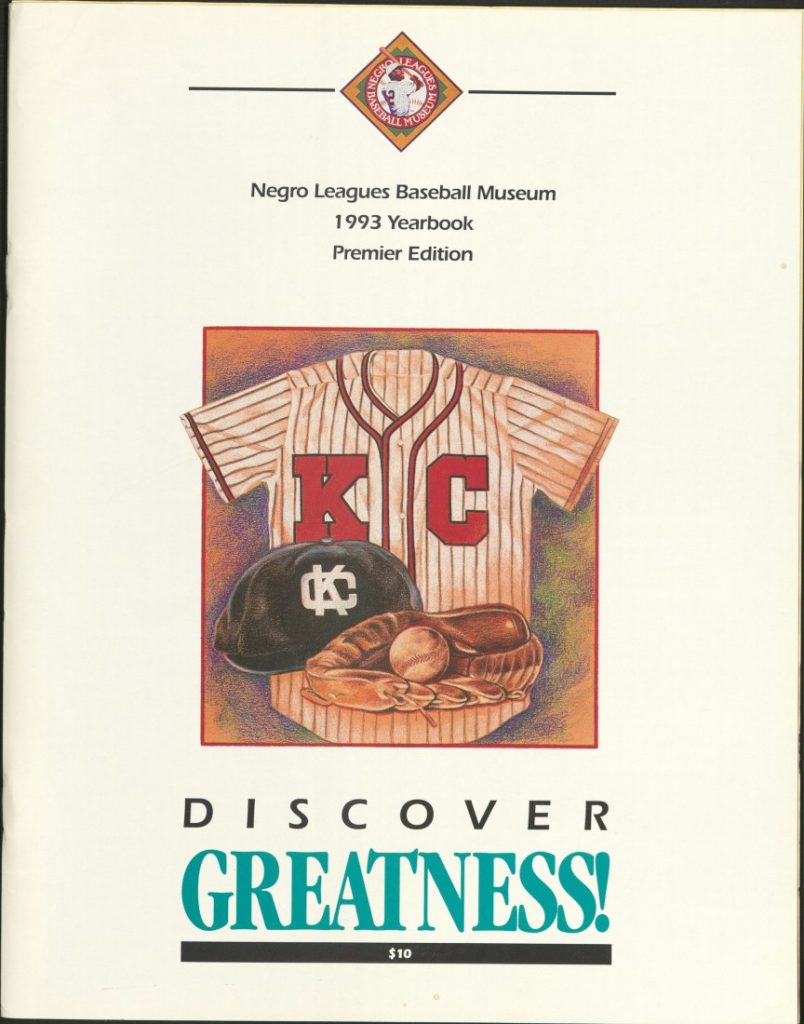
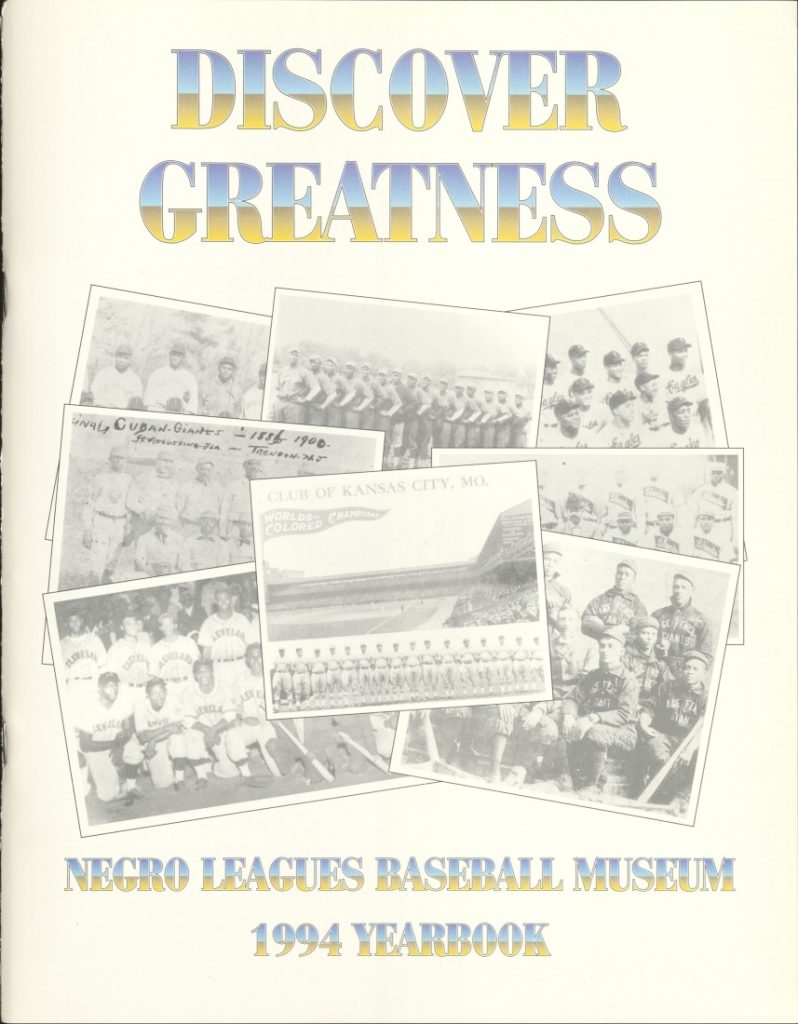
The photos below show pages highlighting the Kansas City Monarchs and Buck O’Neil. Founded in 1920, the Kansas City Monarchs was one of the Negro Leagues’ most famous and successful clubs. According to the MLB History website, the Monarchs took home ten league pennants and only faced one losing season during their association with the Negro Leagues. Kansas City produced more future Major League stars – including Jackie Robinson and Ernie Banks – than any other Negro League club, while also showcasing huge stars like Satchel Paige, Hilton Smith, and Bullet Rogan in times when Black players were kept out of the all-white Majors. First baseman and manager Buck O’Neil also became the first Black coach in the big leagues and served as a scout and Negro Leagues ambassador for many years.
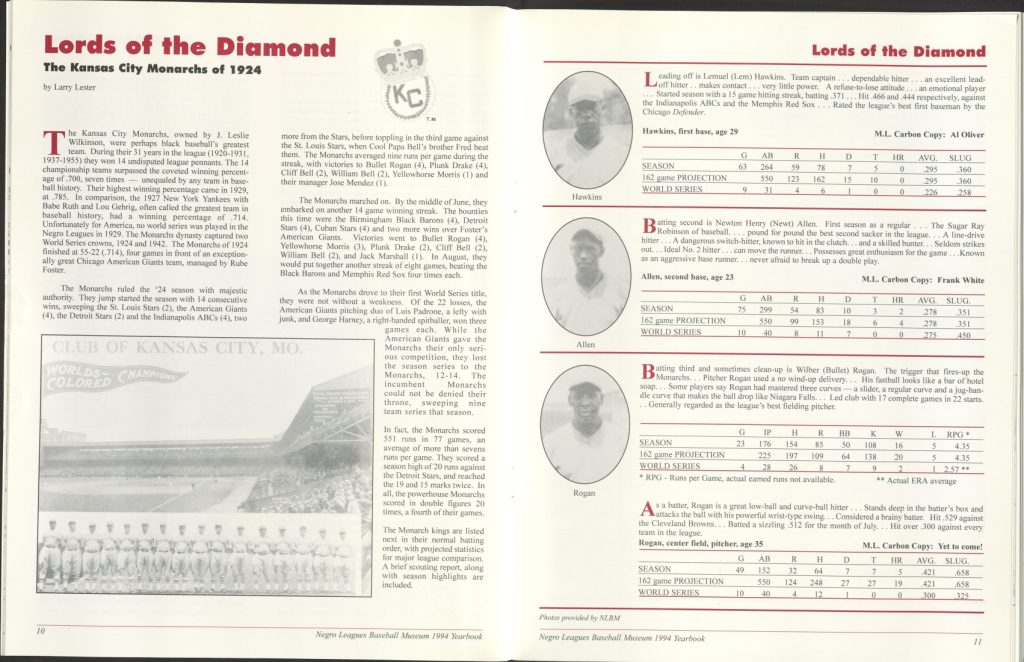
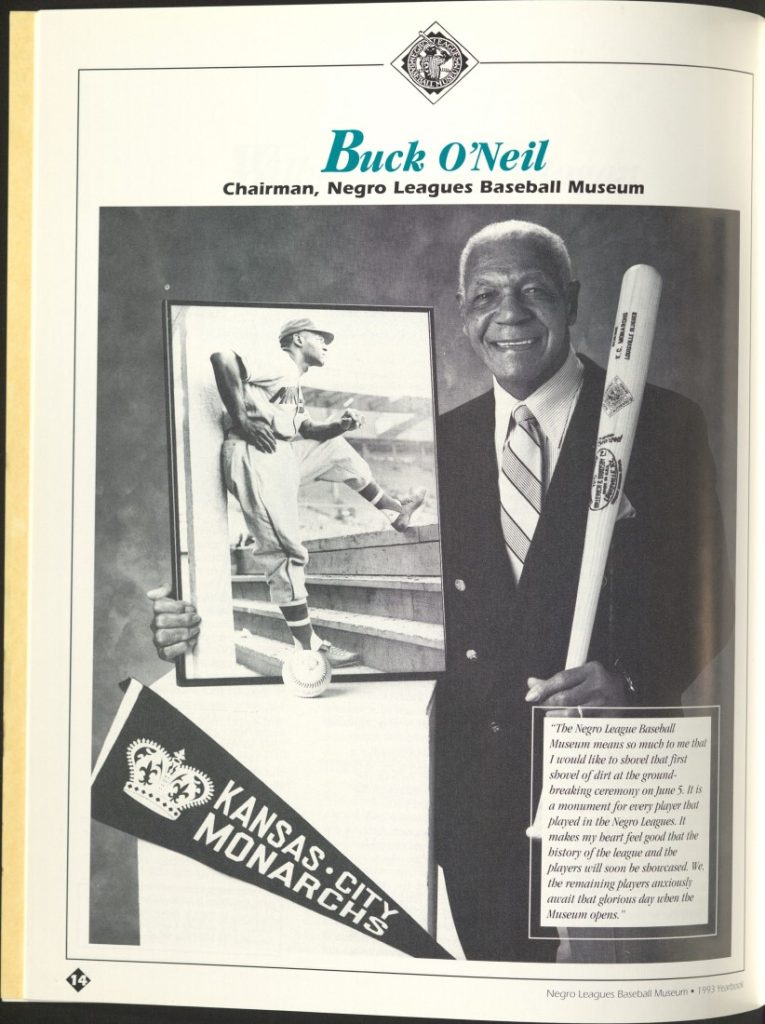
In addition to the yearbooks, the library houses the papers of T. Y. Baird, an owner of the Kansas City Monarchs. The collection contains materials related to the team, including correspondence, game gate information, receipts and bills, payroll information, clippings, player information, magazine and newspaper clippings, and photographs. At Spencer you can also read The Negro Leagues Book edited by Dick Clark and Larry Lester. Published in 1994, the book includes information ranging from the Negro Leagues history, Hall of Fame players, rosters, organized baseball records, and more. The copy the library hold was signed by Larry Lester in 1994.
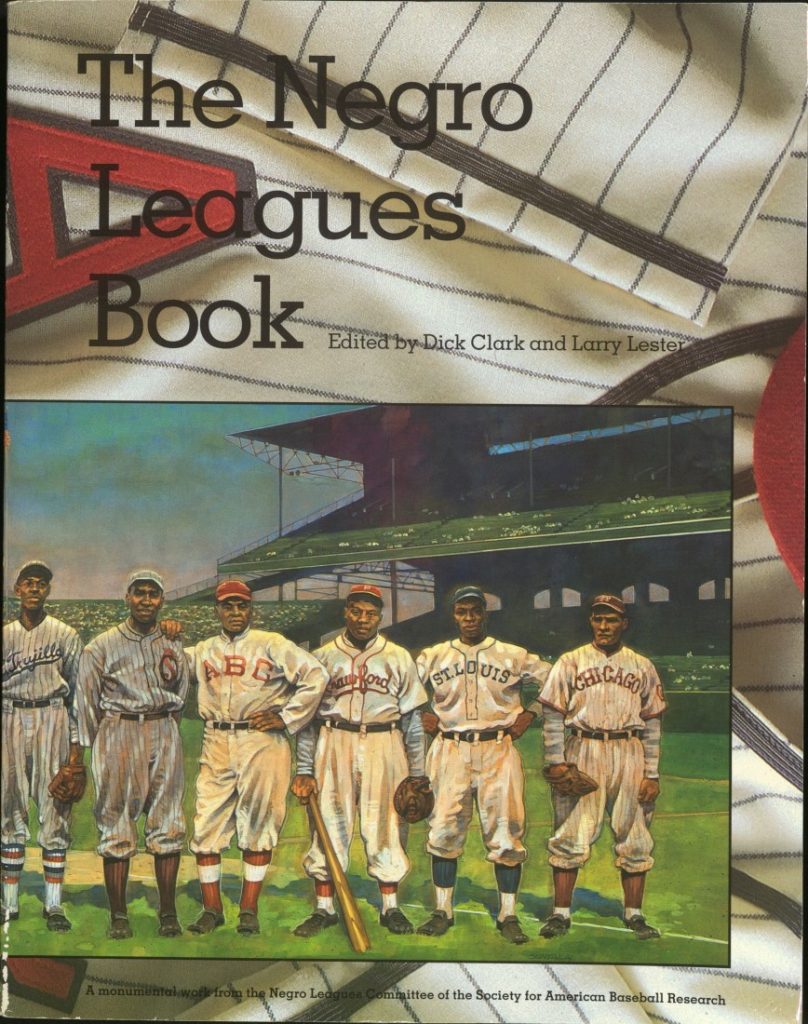
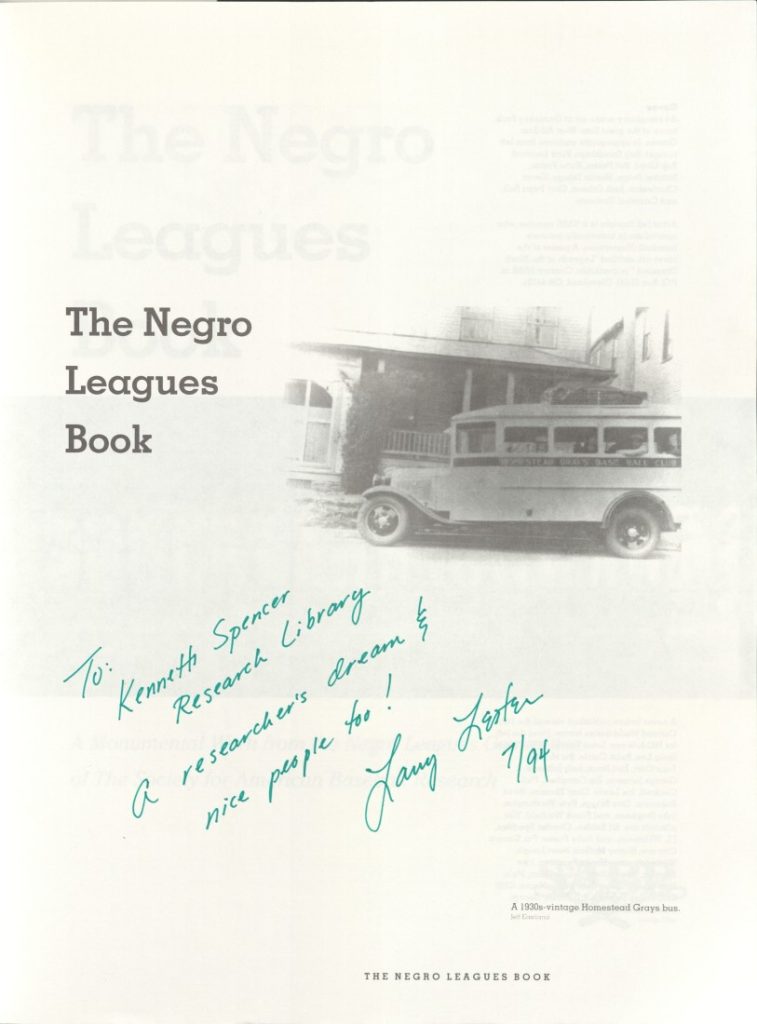
Interested in learning more? The Negro League Baseball Museum is located at 1616 East 18th Street in Kansas City, Missouri. More information on visiting can be found on their website.
Tiffany McIntosh
Public Services

